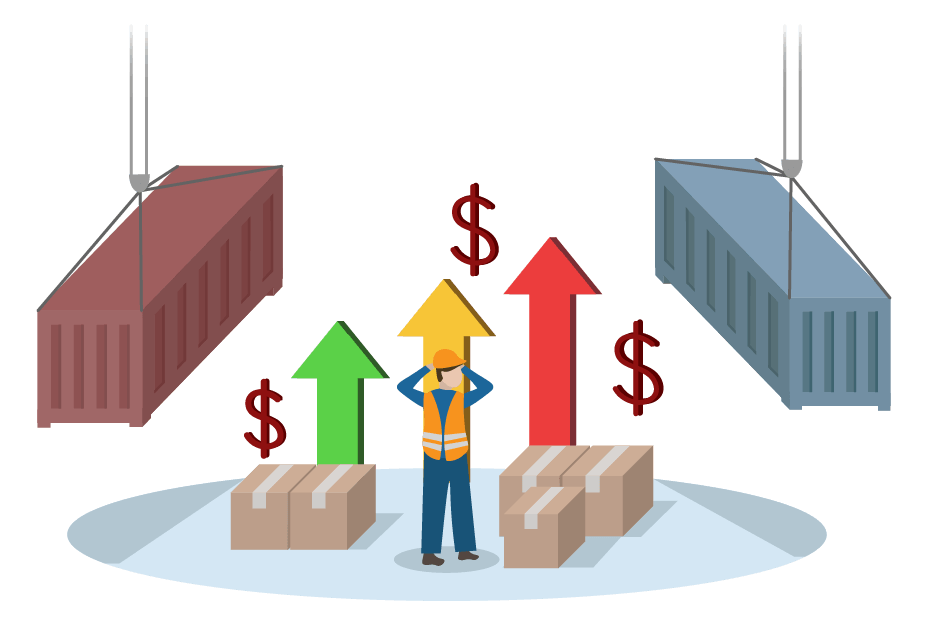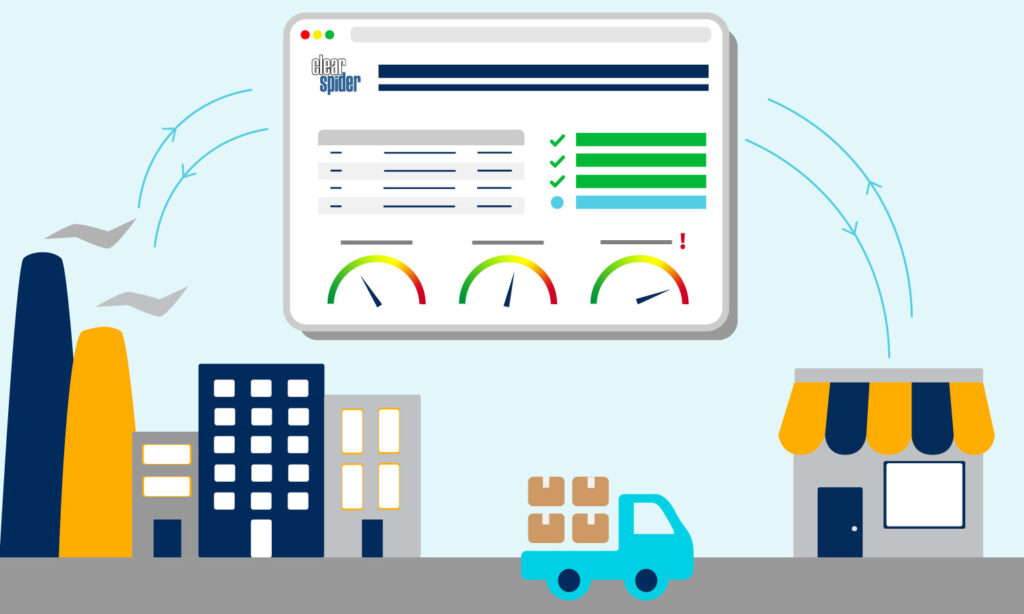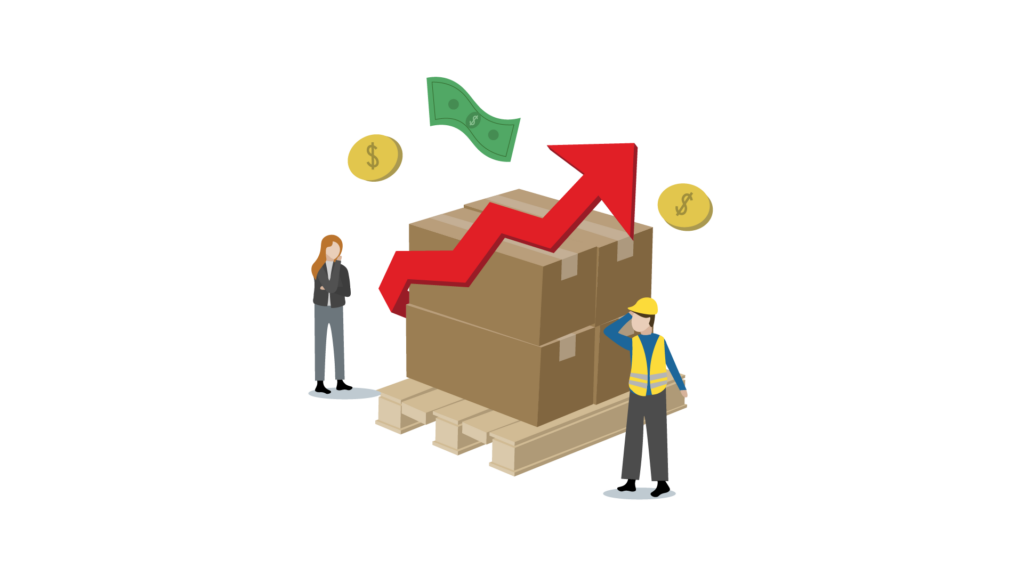Global trade is essential for the smooth functioning of supply chains. Tariffs, which are taxes imposed on imported goods, have significant effects on a company’s bottom line. By directly elevating the costs of raw materials and finished products, these trade barriers introduce volatility at every point of a business’ supply chain.
In today’s interconnected global economy, tariffs have become a significant challenge for B2B operations. As costs rise and logistical complexities worsen, businesses must find ways to maintain efficiency while minimizing financial risks.
In this blog, we explore how tariffs impact B2B supply chains and how companies can leverage inventory management software to mitigate these disruptions.
The Disruptive Nature of Tariffs on B2B Supply Chains
For B2B companies—including distributors, manufacturers, and logistics providers—tariffs can disrupt procurement strategies, production schedules, and delivery timelines. Uncertainty surrounding tariff implementations further complicates long-term planning and financial forecasting, making it imperative for businesses to enhance their supply chain resilience.
Increased Cost of Goods:
One of the most immediate effects of tariffs is the rise in the cost of goods. For essential raw materials such as steel, aluminum, and electronic components, this means manufacturers face higher input costs. These costs are passed down the supply chain, affecting wholesalers, retailers, and ultimately consumers.
Supply Chain Delays and Disruptions:
Many B2B businesses rely on just-in-time inventory management to optimize cash flow and reduce excess stock. However, tariffs can disrupt this balance by creating bottlenecks at customs. As a result, businesses either face higher lead times or are forced to seek alternative suppliers, sometimes at a higher cost.
Supplier Diversification Challenge:
In response to tariffs, companies may attempt to diversify their supplier base. However, identifying and establishing relationships with new suppliers is a time-consuming process that requires due diligence, risk assessment, and regulatory compliance. Many businesses also face constraints from existing long-term contracts with suppliers in tariff-affected regions.
The Connection Between Tariffs and Inflation
Tariffs contribute to inflation by increasing the costs of imported goods, which businesses often pass on to consumers. This inflationary pressure affects your entire supply chain, from procurement of essential operational materials and equipment to end-consumers. The result? Higher operational costs, squeezed profit margins, and difficult decisions about pricing and resource allocation.
Regardless of inflation rates, businesses need to build responsive supply chains in order to succeed. When the U.S. imposed tariffs on Chinese imports, businesses across various industries—from automotive manufacturers to consumer electronics suppliers—saw price increases that put strain on their supply chains. During periods of high inflation, optimizing inventory levels becomes even more critical. In fact, effective inventory management strategies are one of the most effective ways to navigate price hikes without passing excessive costs onto consumers.
Achieve full supply chain and inventory visibility to navigate these difficult times with ease.
Talk to one of our experts today!
Managing Tariff-Related Risks
B2B companies are adopting various strategies to address the challenges posed by tariffs and volatile trade policies. These include restructuring supply chain networks by reshoring or nearshoring manufacturing (read more about the pros and cons of reshoring here) and diversifying their supplier base. However both strategies rely on robust inventory management practices to maintain strong supplier relations and achieve full supply chain visibility.
Investing in advanced inventory management software plays a crucial role in mitigating the effects of tariffs by helping businesses:
Improve demand forecasting to anticipate potential supply chain disruptions.
Optimize inventory levels to avoid overstocking costly goods or running into stockouts.
Increase supply chain visibility to proactively manage supplier relationships and procurement strategies.
4 Key Inventory Management Strategies
Clear Spider offers a suite of powerful inventory management features designed to enhance supply chain efficiency and reduce the financial burden caused by tariffs.
1. Cloud-Based Inventory Management
Clear Spider’s cloud-based solution allows businesses to track inventory in real-time across multiple locations, ensuring they can make quick adjustments in response to changing tariff policies. (Cloud-Based Solutions)
2. Automated Replenishment and Forecasting
Clear Spider’s fulfillment and replenishment tools help businesses maintain optimal inventory levels, preventing overstocking of high-tariff goods while ensuring essential products remain available. (Optimize Your Inventory)
3. Serialized Inventory for Greater Visibility
Tracking individual items with serial numbers enhances supply chain transparency, helping companies analyze tariff-related cost changes on a granular level. (Discover Serialized Inventory)
4. Advanced Reporting and Analytics
Clear Spider enables businesses to make data-driven decisions to navigate tariff volatility. Our Vendor Managed Inventory System provides in-depth insights into inventory trends, cost fluctuations, and supplier performance. (Explore Analytics)
Conclusion
Tariffs and inflation present significant challenges for B2B supply chains, increasing costs and creating operational uncertainties. However, companies that invest in strategic inventory management can reduce risks, optimize supply chain efficiency, and maintain cost control in an unpredictable trade environment.
Businesses can enhance supply chain visibility, improve demand forecasting, and make data-driven decisions by implementing an advanced inventory management system like Clear Spider. As the global trade landscape continues to evolve, flexible and resilient supply chain management will remain essential for long-term success.






